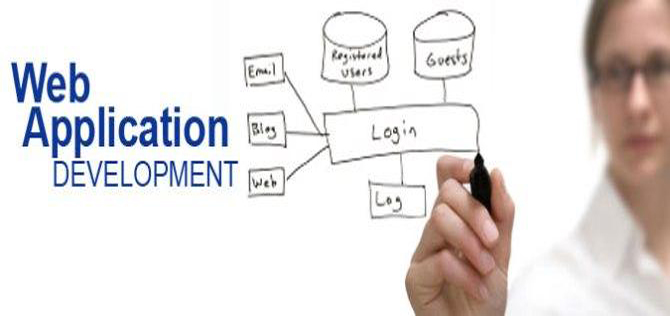Knowledge
An application is a set of programs brought in together to accomplish a set of
tasks. The requirements of the user are assembled to give it a shape. Many
classes and sub-class with varying functionalities make up the main module. Lists
of the requirements are to be catalogued to address the issue. A detailed listing
of each module with its functionality is to be done and documented. The pieces
listed are to be mapped to make it functional and provide the entailed. The
sub-classes are linked to the class and the set of classes are connected to the
main module. Different users can be restricted to access different modules of
the main module. A pictorial representation can be adopted to depict the flow
of a procedure. The modules can be represented by an image and other add-ins. The
designer has to consider the development cost, time taken to accomplish the
task and enhancing the work by adding some useful add-ins.
Comprehension
The designer has to understand the needs of the scenario he has taken up. The
outline of the main module with its classes is summarized. The flow of the program
is briefed with its links to different functional modules. A flow chart can be
used to depict the flow of the program. The detailing of the classes with its
sub-classes are explained. Input and output parameters for each module have to
be described. The flow of the parameters between the modules has to be
explained. The designer can enhance his work by adopting methods to consume
time in user navigation. Different methodologies that can address the
functionalities of the components have to be catalogued. The different methodologies
have to be compared to opt one among them. The estimated cost has to be considered
to choose the methodology. Time duration to bring the module into working state
has to be estimated.
Application
Use a scrapbook to
Analysis
The
designer has to consider the three considerations made – total time estimation,
total cost estimated and enhancing the work by including some add-ins. Previous
work of the designer has to be analyzed to bring out the similarities. The
outcome is compared with the expected outcome of the present work. The
inclusions of time required in the planning of the design, its examination to fit
the requirement, meetings, reviews, presenting the work before the respective
officials have to be identified and examined for its feasibility. The time
required to complete the entire procedure has to be analyzed, including the
delay estimation. The cost required to bring in all the players to a common
platform to finish their work, equipments and other miscellaneous have to be
examined and categorized. Additional cost and time has to be estimated in case
of any delays. The cost and time required to design additional add-ins have to
be compared to the present technology and examined for its feasibility.
Evaluation
The
design can be made a comparison to the previous work. Both the outcomes are
compared and rated. The verification of the requirements of the outcome has to
be done. Additional recommendations to enhance the design have to be provided.
The recommendations have to be prioritized. The approach aids by providing a
better outcome in future work. The doings of the procedure are to be debated for
its effectiveness. The feedback of the shareholders can be gathered and an
argument can be lined to provide suggestions to improve the work. The design
has to be assessed with the present technology samples. A discussion with an
expertise and other stakeholders can be teamed . The group players shall prioritize the recommendations
to match the current technology. The group will discuss over the cost and time
occurred to complete the design. The documented recommendations of the group
aid in future work.
Synthesis
Considering the prioritized recommendations of the group members, the new design is proposed. The future work is designed considering to reduce the cost and expected time. The expert’s suggestions are involved to bring in good design. Other recommendations to encompass the current technology are considered to bring in better designs. The improved design can be planned to be executed on multiple platforms. The terminals using different operating systems should be able to run the application. The cross-platform can be used by additional plug-ins to bring the application into play. The add-ins can be invented into the design that aids in keeping the users with the application for a long time. Using better user navigation tools can be adopted to enhance the work.


